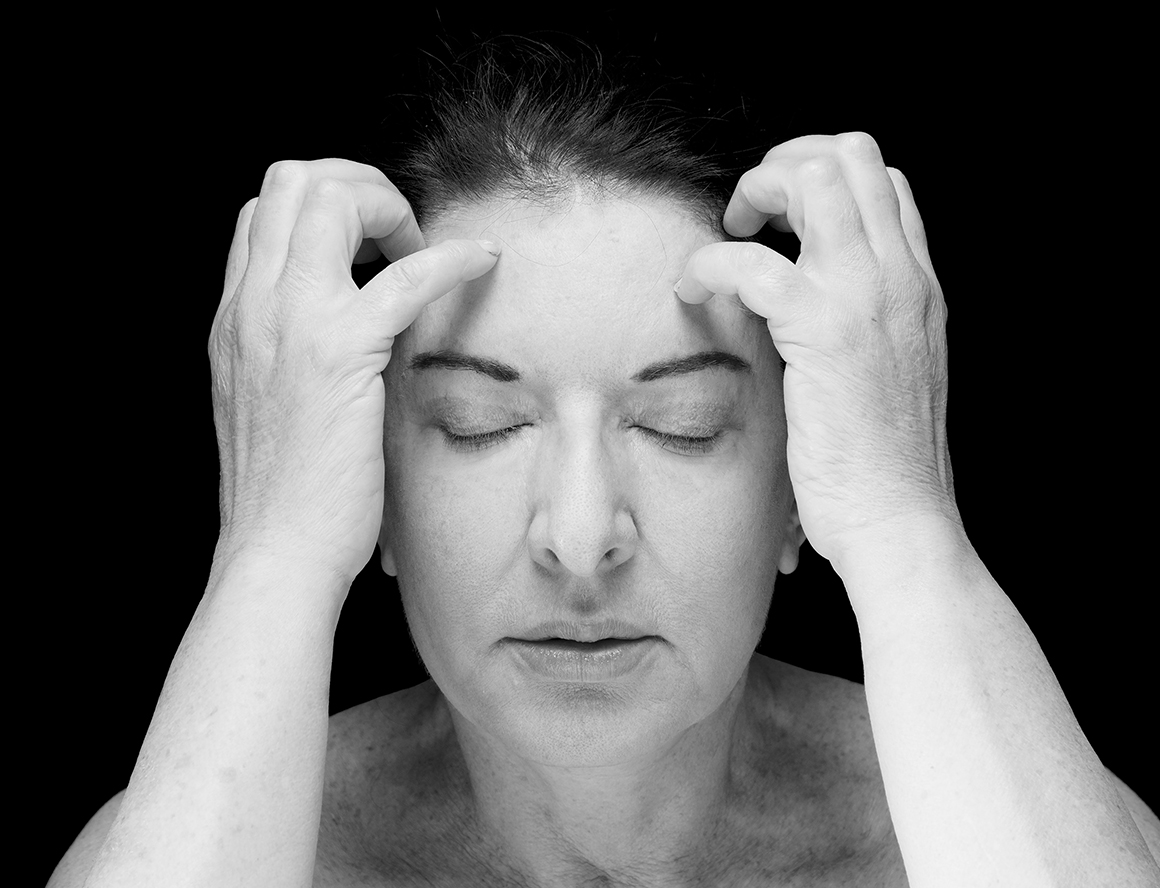Marina Abramović at the Royal Academy of Arts, London, UK
3 May 2023
This autumn, the Royal Academy of Arts presents the first major solo survey in the UK of the work of internationally acclaimed Serbian performance artist and Honorary Royal Academician, Marina Abramović. In a career that spans over five decades, Abramović has propelled performance art from its experimental beginnings to the mainstream. The exhibition, arranged in close collaboration with the artist, will provide an overview of her extraordinary practice with photographs, videos, objects and installations. It will also feature four of Abramović’s seminal performance pieces, which will be reperformed live in the galleries.
The exhibition will open with Public Participation, featuring two works in which Abramović famously engaged directly with her audience: from the radical physical interaction of Rhythm 0, 1975 to the quiet stillness of The Artist is Present, 2010. Held 45 years apart, the two works encapsulate the development of her practice. Following on, The Communist Body will foreground Abramović’s origins in the former Yugoslavia and how Communist ideals, experienced socially as well as personally, have informed her practice. Works featured here will include Rhythm 5, 1974 (London, Lisson Gallery) and The Hero, 2001. The artist has spoken of the Balkan mind as ‘baroque’, in reference to what she describes as dramatic extremes of expression and emotion. Also included will be Balkan Baroque, 1997, a work related to the Balkan wars of the 1990s.
Body Limits will bring together Abramović’s key early performances, presented through video and photographs. Some focus on the use of her body and her physical stamina, while others represent a search for transformative release. Featured here will be Abramović’s work with Ulay, an intense exploration of human relations, and reperformances of Imponderabilia, 1977. The next section,
Absence of the Body will focus on the break-up of Abramović and Ulay’s relationship and feature The Lovers, The Great Wall Walk, 1988, a ritualised separation where the artists walked for 90 days across the Great Wall of China from opposite ends, meeting briefly before going their separate ways. During the Great Wall Walk Abramović became fascinated by the mythology of the wall, that it was built along the earth’s energy lines, and by her study of Chinese and Tibetan medicine. This gave rise to a series of Transitory Objects, displayed in Energy from Nature, with which Abramović sought to give shape to nature’s energy flows. The surfaces of the objects are polished through use, bearing witness to the passage of bodies in time.
In Coming and Going, Abramović equates the ephemerality of performance art with the transitory nature of our own lives. Works here will include reperformances of Nude with Skeleton, 2002, inspired by Tibetan monks’ practice of sleeping alongside the dead, and Good and Evil, 2020, which refers to the language of Slavic icons. Art making is a way of life for Abramović, and in using her own body as her medium she has literally lived her life through her work. Through her experiences of different cultures, Abramović became interested in how feats of endurance act as vehicles towards a mental leap of faith, a transcendence that goes beyond one’s own physical limitations. The final galleries focus on the transformative experience of performance art and equating this with different spiritual traditions. Works here will be increasingly still and give shape to female spirituality, such as Bed for Aphrodite and her Lovers, 1990, and reperformances of Luminosity, 1997. Abramović said: “I call it liquid knowledge. When the body is exhausted you reach a point where the body doesn’t exist anymore. Your connection with a universal knowledge is so acute, there is a state of luminosity.”
The exhibition will conclude with reperformances of The House with Ocean View, 2002. First performed by Abramović in 2002, she lived continuously for 12 days in a ‘home’ of only three spaces in the Sean Kelly Gallery in New York. Abramović fasted by only drinking water, while ritualising everyday actions to the bare conditions of living. Audiences were invited to witness it on the condition that they didn’t speak but established an energy dialogue with the artist. Held a year after 9/11, the work created a collective vigil.
Find further details and a live performance schedule via the Royal Academy.
Image: Marina Abramović, Four Crosses: The Good (positive), 2019. Corian, aluminum, iron, oak with LED panels, 550 x 357 x 29 cm. Courtesy of the Marina Abramović Archives. © Marina Abramović
